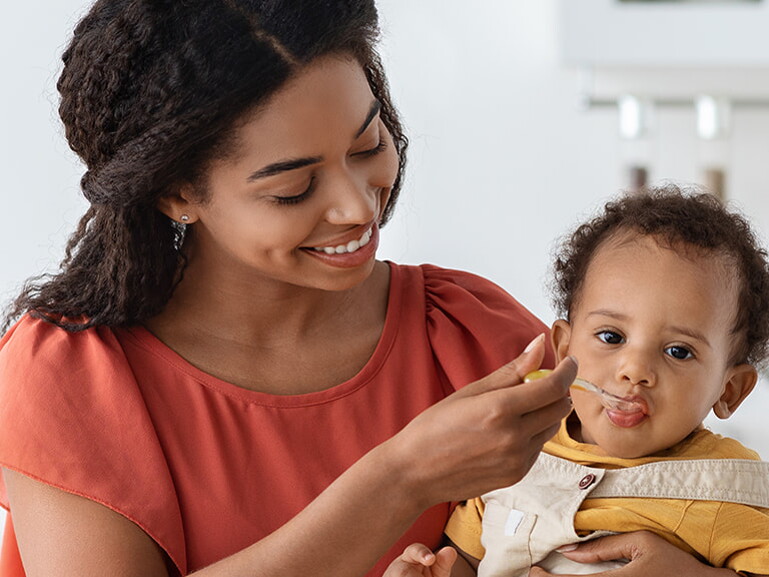Baby and Me
A change that brings more to you as a parent or parent-to-be
As we are constantly improving our service and offerings, we will soon introduce our new name: Nestlé FamilyNes. Stay tuned for more updates coming in the next couple of months.

Select the stage of your interest
Top articles
Our products

NAN® OPTIPRO® 3
Modified milk powder with vegetable oils, vitamins, minerals and probiotics.

NESTUM® Infant Cereals Wheat & Fruit 250 g
Instant Infant Cereal based on wheat flour and fruits, fortified with vitamins and minerals.

GERBER® 2nd Foods Twin Pack Apple Strawberry Banana

CERELAC® Infant Cereals Wheat 250 g
Instant infant wheat cereal with milk, fortified with vitamins and minerals.

NESTUM® Infant Cereals Multicereal with Prune 250 g
Instant Infant Cereal based on oat flour, rice flour and prune, fortified with vitamins and minerals.

LACTOGEN® 3
LACTOGEN® 3 Junior Gentle Grow™ growing up baby milk formula with L.reuteri for toddlers from 12th months onwards
Featured articles



























